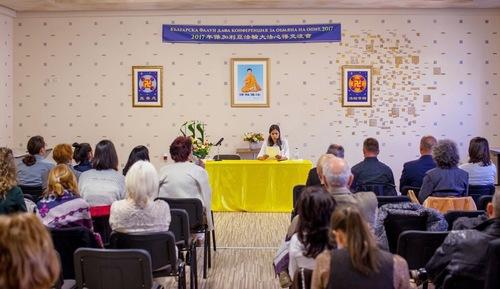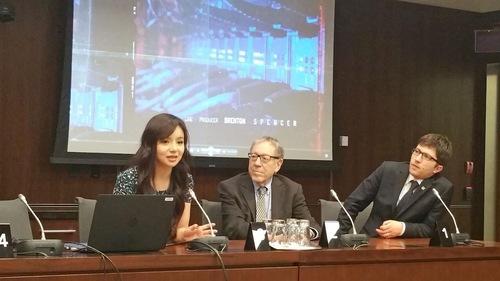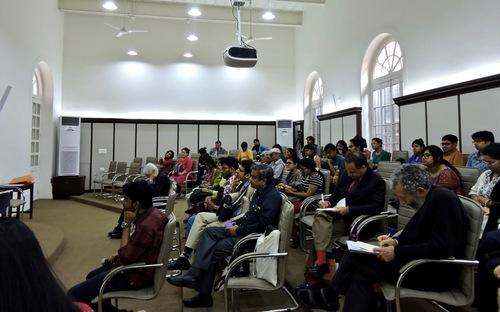Like so many things in the modern world, the origins of scientific weather forecasting lay in the Renaissance. In 1450, the German mathematician Nicholas of Cusa first wrote down a description of the hygrometer, a scale that measures the amount of moisture in the air. Thirty years later, Leonardo da Vinci built a rough prototype of the device.
Nearly 200 years later, the Italian Evangelista Torricelli invented the barometer, which measures atmospheric pressure. The 19th century saw a leap forward in weather prediction as telegraphs enabled meteorological observations to be relayed across continents in real time, and computers in the mid-20th century ushered in the large-scale number-crunching forecasting techniques that have come to dominate the profession.
The centuries-old craft is still being perfected today.
NASA’s Latest Efforts






